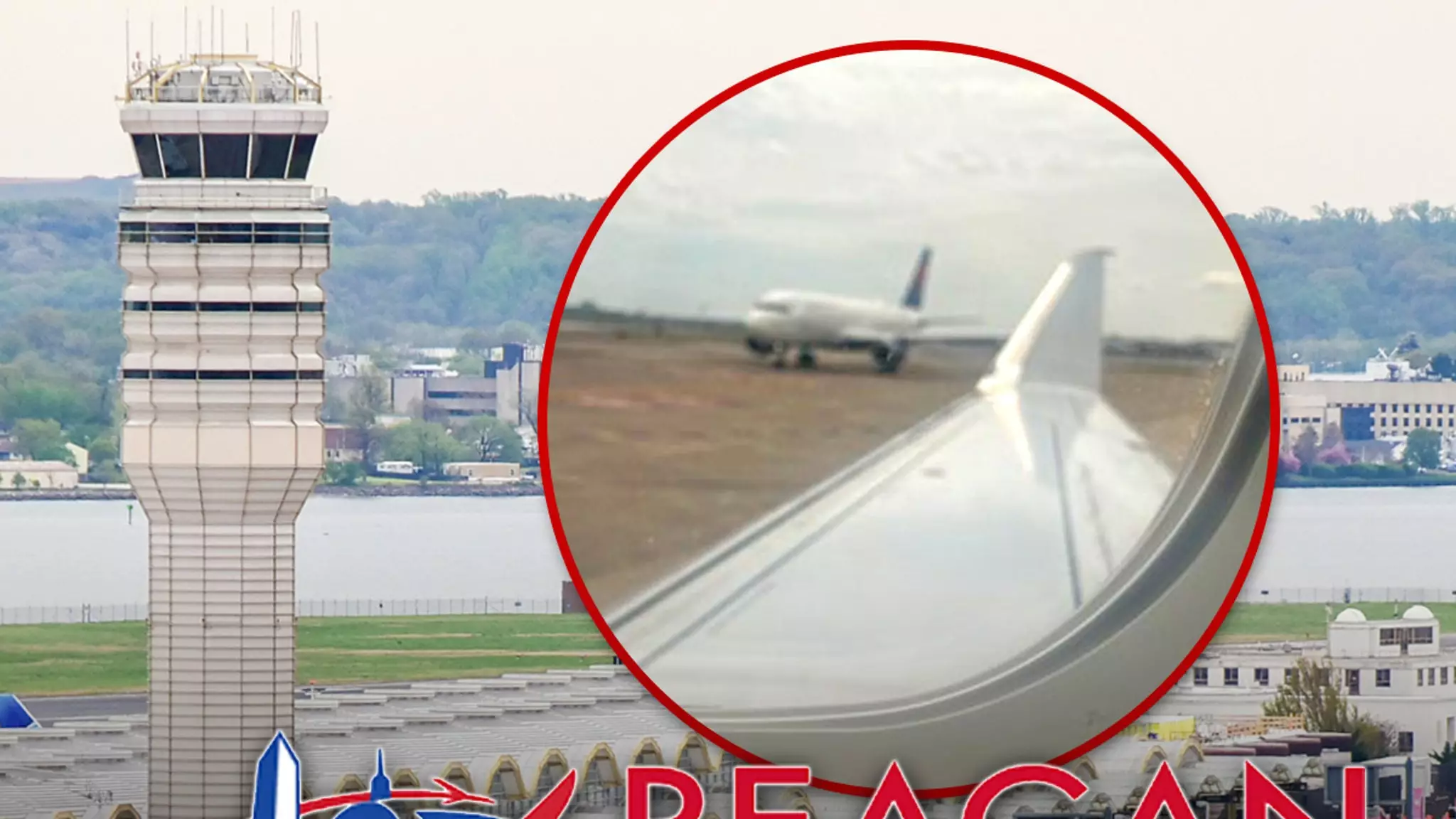Reagan National Airport (DCA) in Washington, D.C., has once again found itself at the center of alarming air traffic issues. Recent incidents paint a troubling picture of the airport’s safety management, especially following a frightening encounter involving two commercial jets on the tarmac. Disturbingly, this incident follows a tragic episode wherein a Blackhawk helicopter crashed into an American Airlines flight earlier in the year, demanding our immediate attention to the systemic failures in aviation safety protocols.
On a seemingly routine Thursday this month, New Jersey Congressman Josh Gottheimer reported that the aircraft he was traveling on had its wing clipped by another plane while positioned on the runway. Accompanying him was New York Congressman Nick LaLota, who corroborated the event, describing the collision as “another plane just bumped into our wing.” Compounding the anxiety around these incidents is the presence of Congress members witnessing firsthand the realities of air travel hazards, an experience that highlights the implications of regulatory inadequacies.
Implications of Budget Cuts on Safety
Two congressional representatives have pointed the finger directly at budget constraints imposed on the Federal Aviation Administration (FAA). This line of scrutiny raises a critical question: are cost-cutting measures jeopardizing the safety of air travel in the U.S.? With reports of such close calls and previous catastrophic events, the urgency for comprehensive evaluations and potential overhauls within air traffic control systems cannot be overstated.
The notion that airline safety could be compromised to save on federal expenses is nothing short of shocking. It reinforces growing sentiment among aviation experts and the public alike that adequate funding and resources are essential in maintaining rigorous safety standards within airports. With GOP and Democratic members alike voicing concerns, it’s clear that this issue transcends party lines and speaks to a pressing national concern.
The Broader Picture of Aviation Safety
This incident at DCA is symptomatic of larger challenges facing the aviation industry as a whole. In recent years, glimpses of negligence and an overburdened federal system have come to light, revealing a trend of decreasing oversight. Instances of planes colliding with each other on the tarmac or struggling with insufficient traffic management paint an alarming landscape; the risk posed to passengers is palpable.
Incidents of wings clipping and emergency landings are distressingly frequent, suggesting that this is not just an isolated problem, but rather a systemic issue that needs to be addressed. With the aviation sector already under immense pressure following the global pandemic, it is imperative that we do not compromise on air safety practices. As passengers, we must call for accountability and transparency from our regulatory bodies to ensure that air travel remains safe and reliable.
In light of these considerable challenges, the important work of our lawmakers is paramount. They must urgently push for the necessary funding to enhance safety protocols, ensuring that the unfortunate events witnessed at Reagan National Airport are not repeated. The time to act is now; the safety of all passengers depends on our collective vigilance and commitment to reform.

